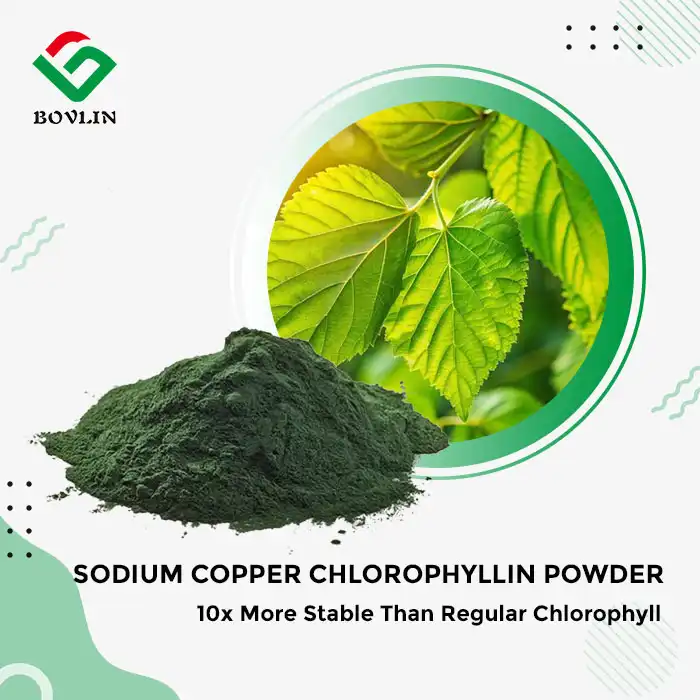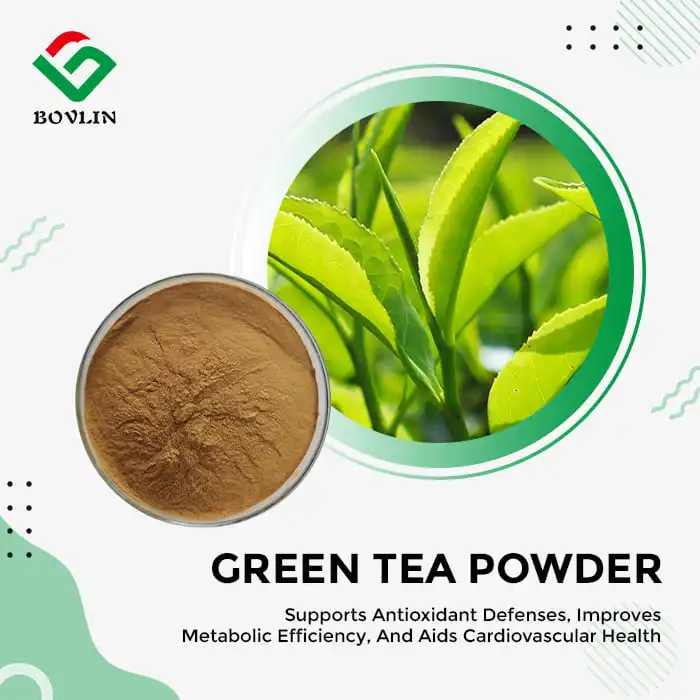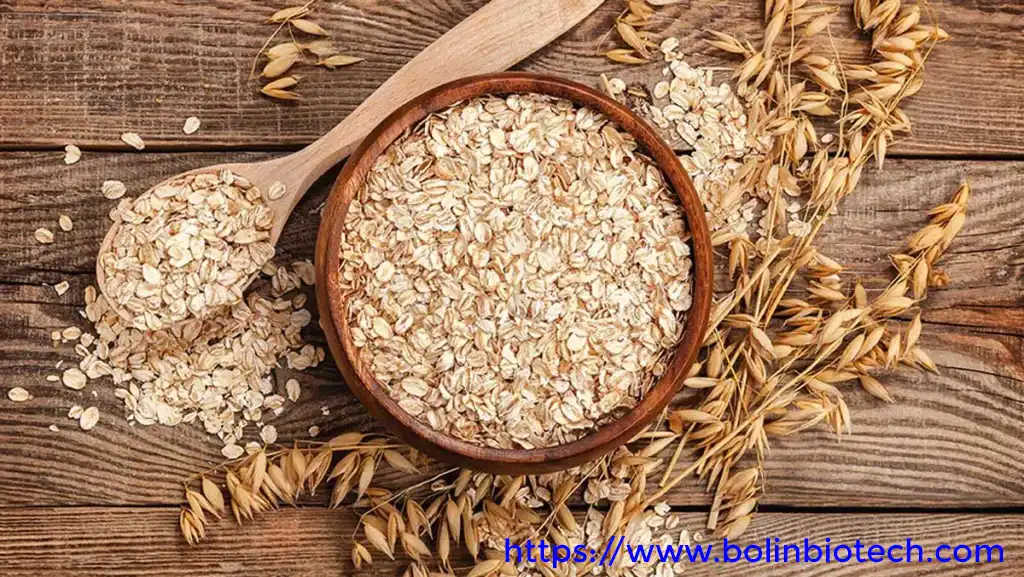How is Oats Peptide Extracted from Oats?
Enzymatic Hydrolysis Process
The extraction of oats peptide from oats involves a sophisticated enzymatic hydrolysis process. This method breaks down the complex proteins found in oats into smaller, more bioavailable peptides. The process begins with carefully selected oat grains, which are first cleaned and milled to increase their surface area. The resulting oat flour is then mixed with water to create a slurry, which serves as the starting material for the enzymatic reaction.
Enzyme Selection and Optimization
The choice of enzymes is crucial in the production of oat peptide. Manufacturers typically use a combination of proteolytic enzymes, each selected for its specific ability to cleave peptide bonds at different positions within the oat proteins. The enzymatic reaction is carefully controlled, with factors such as temperature, pH, and reaction time optimized to ensure the production of peptides with desired molecular weights and functional properties.
Purification and Quality Control
Following the enzymatic hydrolysis, the resulting oats peptide undergoes a series of purification steps. These may include filtration, centrifugation, and membrane separation techniques to remove any unwanted components and concentrate the peptides. The final product is then subjected to rigorous quality control measures, including tests for purity, molecular weight distribution, and functional properties, to ensure consistency and effectiveness in various applications.
Nutritional Composition of Oats Peptide
Amino Acid Profile
Oats peptide boasts an impressive amino acid profile, reflecting the nutritional richness of its source material. It contains all nine essential amino acids that the human body cannot produce on its own, making it a complete protein source. The hydrolysis process enhances the bioavailability of these amino acids, allowing for easier absorption and utilization by the body. This unique amino acid composition contributes to the versatility of oats peptide in various nutritional and functional applications.
Micronutrients and Bioactive Compounds
Beyond its protein content, oats peptide retains many of the beneficial micronutrients found in whole oats. These include B vitamins, particularly thiamin, folate, and pantothenic acid, which play crucial roles in energy metabolism and cellular function. Additionally, oat peptide contains trace minerals such as iron, zinc, and magnesium, which are essential for various physiological processes. The extraction process also preserves certain bioactive compounds, including antioxidants and phenolic compounds, which contribute to the overall health benefits of oats peptide.
Digestibility and Absorption
One of the key advantages of oats peptide is its enhanced digestibility compared to intact oat proteins. The enzymatic hydrolysis process pre-digests the proteins, breaking them down into smaller peptides and free amino acids. This pre-digestion significantly improves the absorption rate and efficiency of the nutrients, making oats peptide an excellent option for individuals with digestive sensitivities or those seeking rapid nutrient delivery, such as athletes or individuals recovering from illness.
Functional Applications in Health Foods and Supplements
Protein Fortification in Food Products
Oats peptide serves as an excellent protein source for fortifying various food products. Its high solubility and neutral taste make it ideal for incorporation into beverages, snack bars, and baked goods without altering their organoleptic properties. Manufacturers can use oats peptide to enhance the protein content of plant-based alternatives, breakfast cereals, and functional foods, catering to the growing demand for nutritious, protein-rich options in the health food market.
Sports Nutrition and Recovery
In the realm of sports nutrition, oats peptide and hydrolyzed oat protein offer unique advantages. Its rapid absorption profile makes it an excellent choice for post-workout recovery supplements, providing quick delivery of essential amino acids to support muscle repair and growth. The balanced amino acid profile of oats peptide, combined with its easy digestibility, makes it a valuable ingredient in pre-workout formulations and endurance sports nutrition products, supporting sustained energy release and improved performance.
Functional Ingredients in Skincare
The benefits of hydrolyzed oat protein for skin have gained significant attention in the cosmetic industry. Oats peptide's ability to form a protective film on the skin surface makes it an excellent ingredient in moisturizers, serums, and anti-aging products. Its water-binding properties help improve skin hydration, while its amino acid composition supports skin barrier function and collagen synthesis. Manufacturers can leverage these properties to develop advanced skincare formulations that offer both immediate and long-term benefits for skin health and appearance.
Conclusion
Oats peptide represents a significant advancement in harnessing the nutritional power of oats through modern biotechnology. Its versatile properties and wide-ranging applications, including hydrolyzed oat protein for skin, make it a valuable ingredient for manufacturers in the health food, sports nutrition, and skincare industries. As research continues to unveil new potential benefits and applications, oats peptide is poised to play an increasingly important role in the development of innovative, health-promoting products across various sectors.
Contact Us
To learn more about incorporating oats peptide into your products or to discuss customized solutions, please contact our team at sales1@bovlin.com. Our experts are ready to help you leverage the power of oats peptide in your next innovative formulation.












